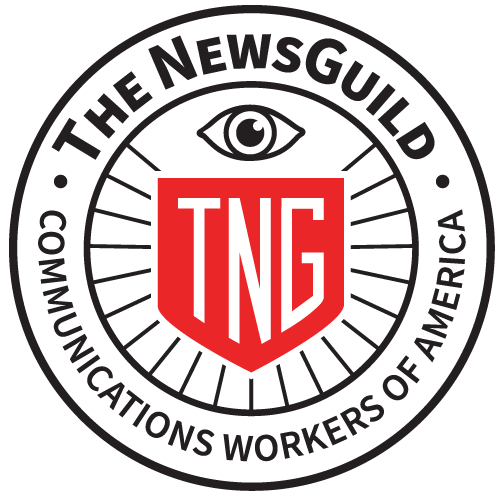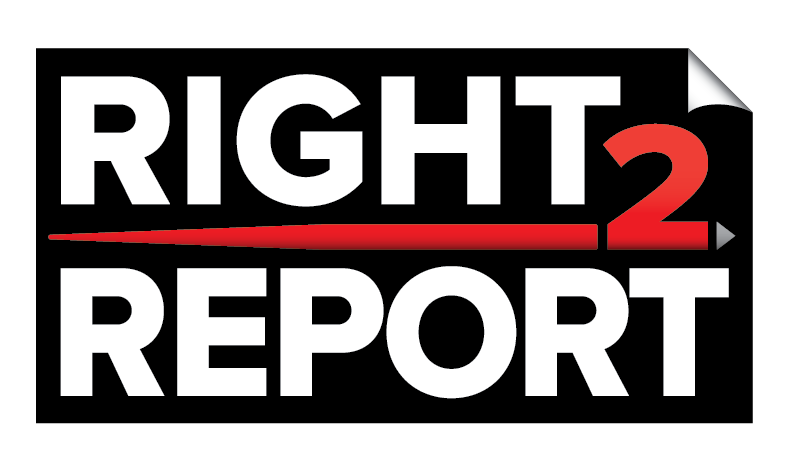By Lena Williams
Nov. 18, 2019 – At the beginning of November, four different news organizations released public opinion polls on consecutive days.
A New York Times/Siena College poll released on Nov. 2 showed Sen. Elizabeth Warren was drawing support from 22 percent of Democrats who were considered likely to vote in the February 2020 Iowa caucuses. Sen. Bernie Sanders was at 19 percent, followed by Mayor Pete Buttigieg at 18 percent and former Vice President Joseph Biden at 17 percent. (By Nov. 17, a CNN/Des Moines Register poll put Mayor Pete Buttigieg ahead among likely Iowa caucus goers with 25 percent of the vote.)
On Nov. 3, a Washington Post/ABC News national poll showed Biden leading the Democratic presidential race with 28 percent of Democratic voters, followed by Warren at 23, Sanders at 17 and Buttigieg at nine.
On Nov. 4, ABC’s morning talk show, “The View,” aired a segment based on an NBC/Wall Street Journal poll entitled, “Can You Trust Polls?” For nearly 10 minutes, the cohosts talked about their trust or distrust of polls, with Whoopi Goldberg saying, “I don’t like polls I can’t climb.”
Like Goldberg, a majority of Americans have begun to question the validity of polls. A Marist poll conducted in March 2017 found that six in 10 registered voters do not trust opinion surveys. (Seriously, a poll about polls?)
Distrust Grows
Distrust appeared to grow in the wake of the 2016 presidential race. Throughout the campaign, nearly every national poll showed Hillary Clinton with a substantial lead over her opponent, Donald Trump. On election night, the broadcast news commentators and pollsters expressed confidence that Clinton, even after trailing in early returns, would ultimately pull off a victory.
When she did not, the public felt it had been misled. Some argued that voters lied to pollsters because they didn’t want to admit they supported Trump, others accused the media of bias. Some experts concluded that late-deciders and third-party voters swung the election, implying that pollsters were not responsible for the miscalculations.
The media and pollsters got it right in one respect: Clinton won more votes nationally, approximately 3 million more than Trump. But most polls failed to accurately predict the outcome in key Electoral College states, like Michigan, Pennsylvania and Wisconsin, where the presidency is ultimately decided, and which broke for Trump.
Since the 2016 campaign, the media has engaged in an exercise of self-examination, trying to figure out how the polls could have gotten it so wrong. But the press continues to rely on data from public opinion polls to determine which candidates are ahead and who is likely to emerge victorious. The results of these polls have an impact, not only to determine where future campaign monies will be spent but also which candidates people may or may not support.
News polls have proven to be effective tools to gauge public opinion on a variety of issues from presidential campaigns to preferences for food, clothing and entertainment. Polls can and have been used to influence what Americans are offered to eat and drink, the kinds of cars they buy and the programs they watch on television.
But this daily onslaught of polls has my head spinning.
According to one estimate, by the end of 2012 some 37,000 public opinion polls had been conducted in the United States by 1,200 firms and institutions. By the end of 2016, the number had grown to 48,600, according Benjamin Toff, an assistant professor at the Hubbard School of Journalism & Mass Communications at the University of Minnesota.
Toff, who has conducted a research study on how the media uses opinion data, believes the problem isn’t simply flawed data or the media’s misuse of data.
“Political journalism has become infatuated with opinion polls,” Toff wrote in an opinion piece that ran in Politico on Oct. 5, 2017. “And yet news organizations remain ill-equipped to make sense of the flood of data.”
Some have called it the “Nate Silver Effect,” named after the statistician who founded and is co-editor of FiveThirtyEight, a statistical analysis company.
I’m a retired journalist but I’ve never trusted news polls. In the 31 years I worked as a reporter for The New York Times, the paper conducted hundreds of public opinion polls in collaboration with CBS on everything from political campaigns, race relations, the state of marriage in America to male-female relationships. The polls, conducted by phone, were designed to give a sampling of personal views and opinions on various subjects. Often follow-up interviews were conducted. But I, and many of my colleagues, were always suspicious about the accuracy of not only the NYTimes/CBS poll but also polls conducted by the Washington Post, CNN News, Gallup and Quinnipiac University.
In an unscientific poll of my own, I asked several of my colleagues if they had ever been contacted by a pollster and surprisingly a majority, including me, said no.
Here we were, a diverse cross-section of Americana, black, white, Jews, Gentiles, wealthy, upper-class, middle-class, professionals, male, female, gay, straight, married, unmarried, some college educated, some with post high school education, living in one of the most populous and diverse regions of the country, the New York, New Jersey, Connecticut tri-state area, and not once, in all our years had we been polled.
Depending on the day, it’s difficult to get people to agree on things as inconsequential as whether the fried chicken sandwich at Popeyes is preferable to the one at Chick-Fil-A, especially when one considers that in any given poll only a small sampling of Americans are asked to participate. The Times’ Nov. 3 poll was of 439 Democratic caucus members. Factor in a margin of error or 3 percent points, plus or minus, and the race becomes a four-way tie between the top four candidates.
The press needs to do a better job of polling, if it is to regain public support. Perhaps, the media should limit the number of polls conducted during key moments in American history, in particular presidential races.
Can journalists accurately determine or predict what people will or will not do, what they believe or feel or how they may act in different situations based on a set of interviews or written questions? Are people likely to tell the honest truth to a caller representing a news organization or when a camera or microphone is in their face?
When Trump was asked by a reporter what he thought of the NBC/Wall Street Journal national poll released on Nov. 3 that showed 49 percent of American voters said he should be impeached and removed from office, while 46 percent said he should not be impeached, let alone removed from office, Trump blew the results off.
“I have the real poll,” he said. “The CNN polls are fake, the Fox polls have always been lousy. I tell them they ought to get themselves a new pollster. But the real polls, if you look at the polls that came out this morning, people don’t want anything to do with impeachment. It’s phony. It’s a hoax.”
The Brookings Institution, a nonprofit public policy organization based in Washington, DC, offered some salient advice that should be considered on polls.
“Can we trust polls? Under the best of circumstances, the answer is, ‘Not necessarily without a fair amount of detailed information about how they were conducted,’” said Michael W. Traugott of the Brookings Institution. “This general note of caution applies at any time to any poll consumer. But today, with polls proliferating in the media and with methodological concerns increasing within the polling industry, caution is even more warranted. This is not to suggest that the general quality of polling data is declining or that the problems facing pollsters have no answers. Still, consumers of polling data need to be more careful than ever.
Lena Williams is a retired New York Times reporter and author of It’s the Little Things. She was chairperson of the NewsGuild unit at the New York Times from 1997 until 2005 and served a vice president of The News-Guild of New York. She has written about the Right2Report campaign for The NewsGuild-CWA since 2014.

